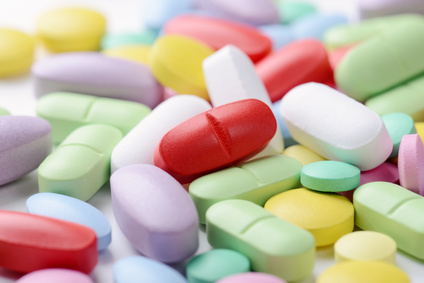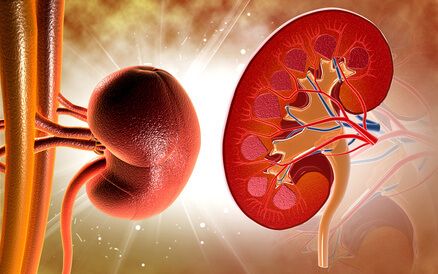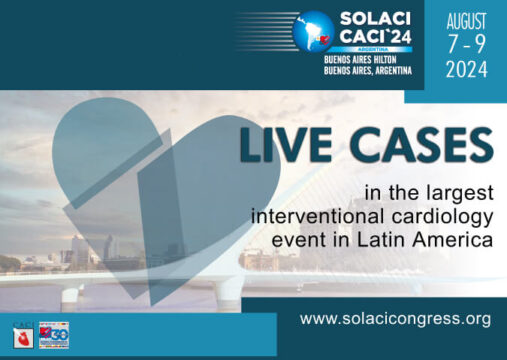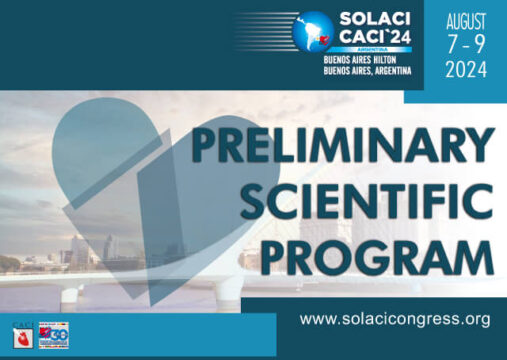According to this recent study (soon to be published in JAMA), antithrombotic therapy has no clinical benefits for outpatients with stable symptoms of COVID-19.

Both aspirin and apixaban in therapeutic or prophylactic doses did not reduce major cardiovascular events compared against placebo, though these events are rare, which makes it difficult to show any benefit.
Researchers did observe a modest increase in bleeding.
These findings came as a surprise, since any antithrombotic intervention was expected to affect the extremely high rate of thrombotic events (both venous and arterial) observed in COVID-19 patients.
The reason behind this lack of events might be in the chosen population: while the first wave affected mostly the elderly and those who had many comorbidities, the following waves hit younger and healthier patients.
This study was set to enroll 7,000 clinically stable symptomatic COVID-19 patients. It stopped at mere 657 because of the amazingly low events rate. Patients were randomized to 4 groups: placebo, aspirin 81 mg, apixaban 2.5 mg twice a day (prophylaxis) and apixaban 5 mg twice a day (therapeutic).
There was no major bleeding. When considering any bleeding, only the therapeutic apixaban branch differed from the placebo branch.
Read also: Hypertensive Patients: Maximizing Doses or Adding New Drugs.
Extrapolation and generalization of these outcomes was hindered by the low rate of events and the few patients infected with the Delta variant. In fact, there are at least 10 more ongoing studies on the same topic soon to be published.
It’s just a matter of time for us to be able to throw more light onto this issue.
Original Title: Effect of antithrombotic therapy on clinical outcomes in outpatients with clinically stable symptomatic COVID-19: the ACTIV-4B randomized clinical trial.
Reference: Jean M Connors et al. JAMA. 2021 Oct 11. Online ahead of print. doi: 10.1001/jama.2021.17272.
Subscribe to our weekly newsletter
Get the latest scientific articles on interventional cardiology





